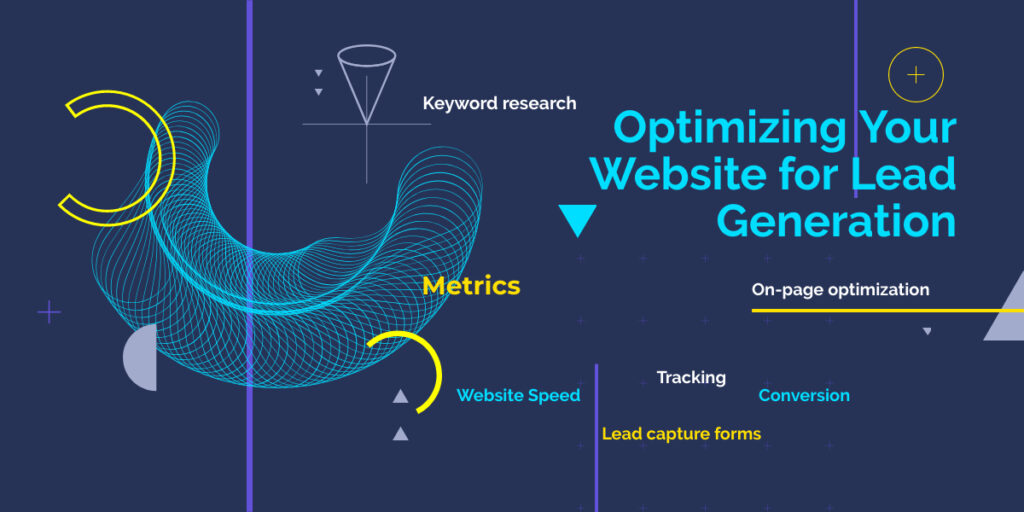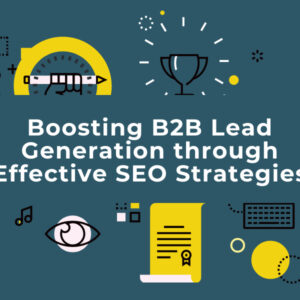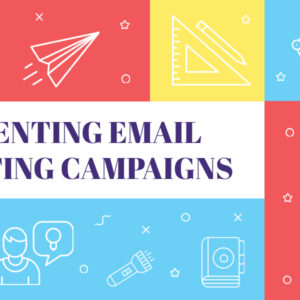
Before you can start optimizing your website for lead generation, it’s crucial to understand your target audience and their needs. Conduct thorough research to identify your ideal customer profile, including demographics, interests, pain points, and motivations. This will help you tailor your website content and offerings to meet their specific requirements.
To gain insights into your target audience, you can use various tools and techniques. Analyze your website analytics and social media data to understand visitor behavior and preferences. Conduct surveys and interviews to gather direct feedback from your existing customers. Moreover, keep an eye on your competitors to identify any gaps in the market that you can leverage.
Conducting Keyword Research for Lead Generation
Keyword research plays a vital role in optimizing your website for lead generation. By identifying the right keywords and incorporating them into your website content, you can improve your organic search rankings and attract more qualified leads.
Start by brainstorming a list of relevant keywords related to your business, products, or services. Then, use keyword research tools such as Google Keyword Planner, SEMrush, or Moz to find additional keyword ideas and assess their search volume and competitiveness. Focus on long-tail keywords that are more specific and have a higher intent to convert.
Once you have a list of target keywords, strategically incorporate them into your website content, including your page titles, headings, meta tags, and body text. However, avoid keyword stuffing, as it can negatively impact your website’s user experience and search rankings.
On-Page Optimization for Lead Generation
On-page optimization refers to optimizing various elements on your website to improve its visibility, user experience, and lead generation potential.
Start by optimizing your website’s structure and navigation. Ensure that your website is easy to navigate and that visitors can find the information they need quickly. Use clear and concise headings, subheadings, and bullet points to make your content scannable. Additionally, include internal links to guide visitors to relevant pages and improve their overall experience.
Another crucial aspect of on-page optimization is optimizing your website’s meta tags, including the meta title and meta description. These tags appear in search engine results and should be compelling and relevant to attract clicks from potential leads. Incorporate your target keywords naturally into these tags to improve their relevance and visibility.
Furthermore, optimize your website’s images by compressing them to reduce their file size and improve page load speed. Add alt text to describe the images, which not only improves accessibility but also helps search engines understand the visual content of your website.
Creating Compelling and Conversion-Focused Landing Pages
Landing pages are an essential component of lead generation. They are standalone web pages designed to capture visitor information in exchange for valuable content or offers. To create effective landing pages, follow these best practices:
- Start with a clear and attention-grabbing headline that communicates the value proposition of your offer.
- Use persuasive and benefit-driven copy to convince visitors to take action.
- Include compelling visuals such as images or videos that support your message.
- Keep the form fields minimal and only ask for essential information to reduce friction.
- Place a prominent and visually appealing call-to-action button that stands out from the rest of the page.
- Test different variations of your landing pages to identify what works best for your audience.
Remember, the goal of a landing page is to convert visitors into leads, so make sure it is visually appealing, easy to navigate, and optimized for mobile devices.
Implementing Lead Capture Forms and Calls-to-Action
Lead capture forms and calls-to-action (CTAs) are critical elements for generating leads. A lead capture form is where visitors provide their contact information in exchange for something valuable, such as a newsletter subscription, a free e-book, or a product demo. CTAs, on the other hand, are buttons or links that prompt visitors to take a specific action, such as “Download Now” or “Request a Quote.”
When implementing lead capture forms and CTAs, consider the following tips:
- Keep the forms short and simple to reduce friction and increase conversion rates.
- Use persuasive copy to convince visitors of the value they will receive by submitting their information.
- Place CTAs strategically throughout your website, including on your homepage, blog posts, and landing pages.
- Use contrasting colors for your CTAs to make them stand out and draw attention.
- Test different variations of your CTAs and forms to optimize their performance.
Remember, the key is to make it easy for visitors to take the desired action and provide their contact information.
Optimizing Website Speed and Mobile-Friendliness for Lead Generation
Website speed and mobile-friendliness are crucial factors for lead generation. In today’s fast-paced world, visitors expect websites to load quickly, regardless of the device they are using. Additionally, with the increasing use of mobile devices, your website must be mobile-friendly to provide a seamless user experience.
To optimize your website speed, start by compressing images, minifying CSS and JavaScript files, and enabling browser caching. Use tools like Google PageSpeed Insights or GTmetrix to identify areas for improvement and implement the necessary optimizations.
Regarding mobile-friendliness, ensure that your website is responsive and adapts to different screen sizes. Test your website on various devices and browsers to ensure that it displays correctly and is easy to navigate. Additionally, consider implementing Accelerated Mobile Pages (AMP) to improve mobile loading speed and user experience.
Tracking and Analyzing Lead Generation Metrics
To measure the effectiveness of your lead generation efforts, you need to track and analyze key metrics. This data will provide insights into the performance of your website and help you make data-driven decisions to optimize your lead generation strategy.
Some essential lead generation metrics to track include:
- Conversion rate: The percentage of visitors who take the desired action, such as submitting a lead capture form or making a purchase.
- Click-through rate (CTR): The percentage of visitors who click on your CTAs or specific links.
- Bounce rate: The percentage of visitors who leave your website after viewing only one page.
- Time on page: The average amount of time visitors spend on your website pages.
- Cost per lead (CPL): The cost it takes to acquire each lead through your lead generation efforts.
Use analytics tools like Google Analytics or HubSpot to track these metrics and generate reports. Regularly review and analyze the data to identify areas for improvement and optimize your lead generation strategy.
Lead Nurturing and Conversion Strategies
Generating leads is just the first step; you also need to nurture and convert them into paying customers. Lead nurturing is the process of building relationships with potential customers and guiding them through the sales funnel.
To effectively nurture leads, consider the following strategies:
- Send personalized and targeted email campaigns that provide valuable content and address specific pain points.
- Use marketing automation tools to segment your leads based on their interests, behavior, or demographics and deliver relevant content.
- Offer lead magnets such as exclusive discounts, free trials, or educational resources to encourage engagement and conversion.
- Implement a lead scoring system to prioritize and focus on leads that are more likely to convert.
- Continuously analyze and optimize your lead nurturing strategies based on data and results.
By implementing these lead nurturing and conversion strategies, you can maximize the value of your leads and increase your chances of converting them into paying customers.







